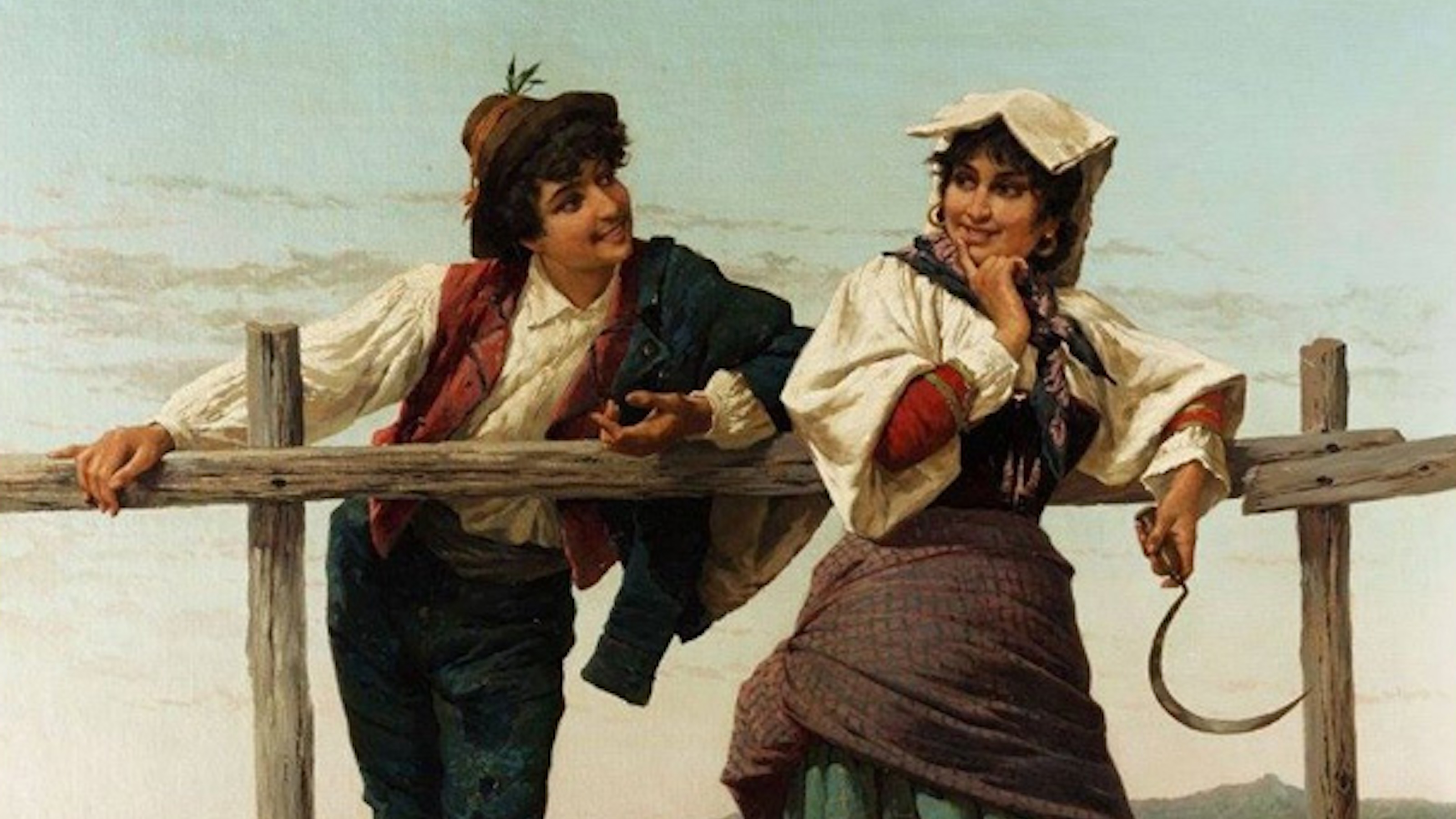Harriet Mays Powell discusses the latest trends, who chooses, and why certain fashions last the test of time.
Mays Powell: I think probably the most exciting thing is that you can really do what you want to do and interpret it your way. I think… I think that sort of the big message of this century is that it’s not necessarily, you’ve got to wear beige for spring, but if you do, maybe you want to do it in a slightly more prairie ethnic way. Maybe you want to take it the way Ralph Lauren did it and do it with a slightly Moroccan, North African vibe to it. Maybe you want to take beige and you just want to throw it with a whole bunch of crazy things and then wrap it with a high waist, a la Marc Jacobs. I mean, I think… I think that’s the fun is that you can really… if you’ve got the confidence, you can really dress and take what you want from the collections and do what you want with them and make it your own.
Question: What makes a trend?
Mays Powell: You know, once an idea to, you know, keep noticing and, you know, three is a story. So if… we’ve a thing on our online which is, you know, threes a trend. So if you see three of anything, it’s sort of becomes a trend or it becomes a kind of a phenomenon of some kind. So I think when people are talking about things and you can hear that in just different dinner parties and cultural things, that becomes a kind of [IB] the culture. Similarly, I think, fashion has got… you know, [with] fashion tends to do opposites. It was very dark, fall season. It was very Goth. There were lots of lace. It was quite Victorian. It was quite [IB] as the Scots would say. Spring is much lighter, although not completely frivolous. It’s not dark but yet, it’s quite neutral. So fashion is a kind of more fluid, it’s less structure. Fashion tends to do the opposite from the season after… the season before to the next season. So it keeps you kind of on your toes.
Question: What makes something classic?
Mays Powell: You know, I think, there is a slightly eternal idea to what is good fashion. The idea that it’s got… it transcends a six month thing that you could have it in your life, you know, Chanel handbag, an [IB] tuxedo, you know, maybe even a classic Tom Ford [IB] dress from his collections long ago… well long ago in fashion terms, and Gucci. Those classic pieces that become a part of a sort of fashion vocabulary that we use, I think that’s, if I’m explaining myself, that defines good fashion. Something that’s fashionable or, you know, gladiator sandals this summer. You know, everyone wears sort of Bermuda shorts, gladiator sandals. That’s fashionable. Is that going to stay and be good fashion and be solid and be with us? I don’t think so. I think that’s really a fad and a trend. I think it’s really hard to find things. You know, a white shirt, how is that done? How is that interpreted so that it becomes… without being boring and trite. How is it becomes good fashion? Or what you do to it to elevate it, to make it now? I think those are things that I always consider when I buy things. If I… I’m going to have them in my wardrobe for a long time, if it’s a [flash in a pan]. And I think it’s great to have something for six months. Don’t spend a lot of money on it. Wear the hell out of it, have a ball with it, you know, throw it away, give it away, give it to a friend, give it to your daughter to make dolls clothes with. You know, don’t be precious about it. But then I think there are things that you want to invest in like a beautiful [IB] trench coat that you want to have for years and years and years, a fabulous Chanel suit that you’re going to have for years and years. I think those things are classics, that are, you know, [IB] leather skirt, one of his bandage dresses. Those are things that, I think, become part of a fashion vocabulary that is eternal and not ephemeral. And I think that’s… I think a lot of designers would love to get to that iconic classic state. It’s very very hard to do.





